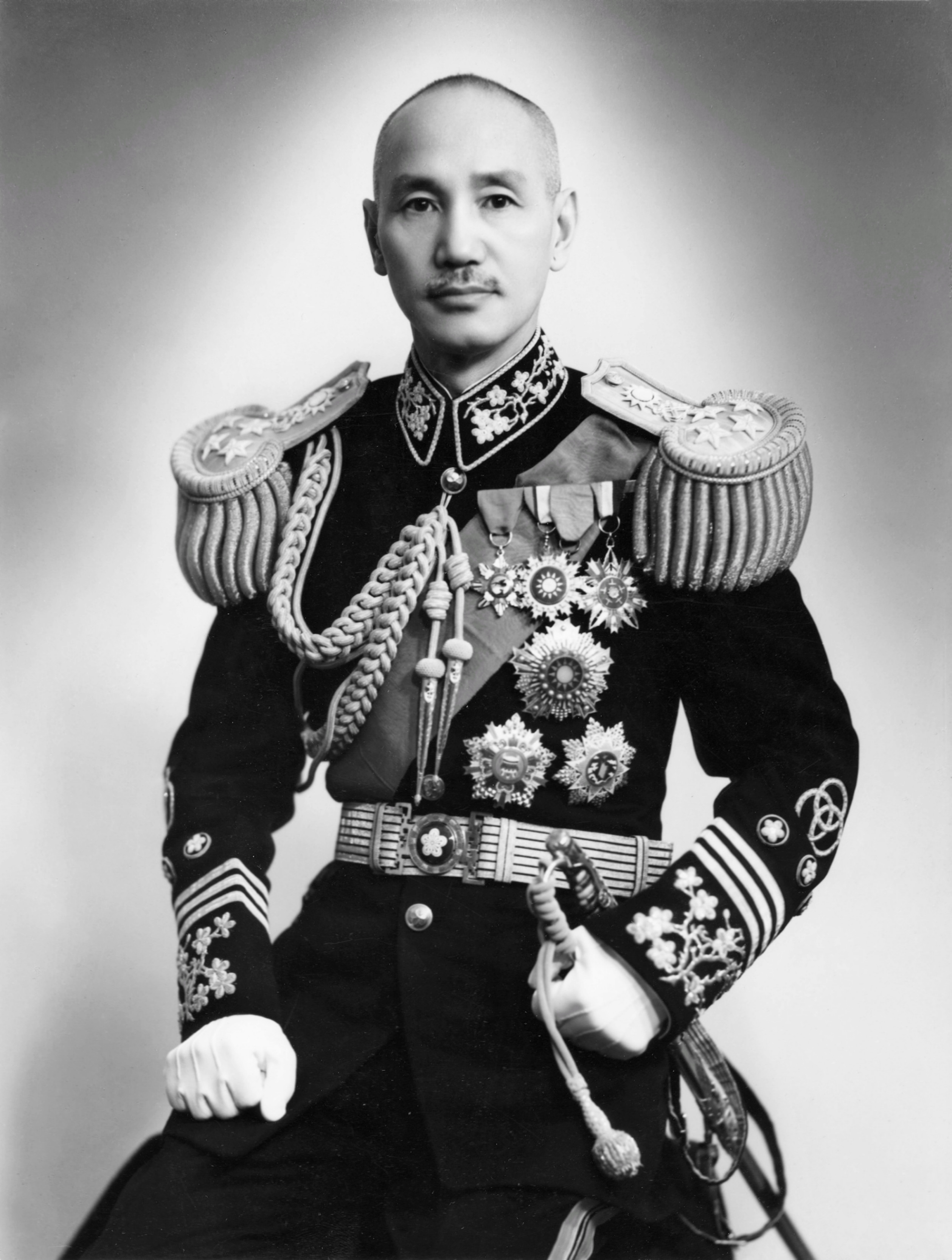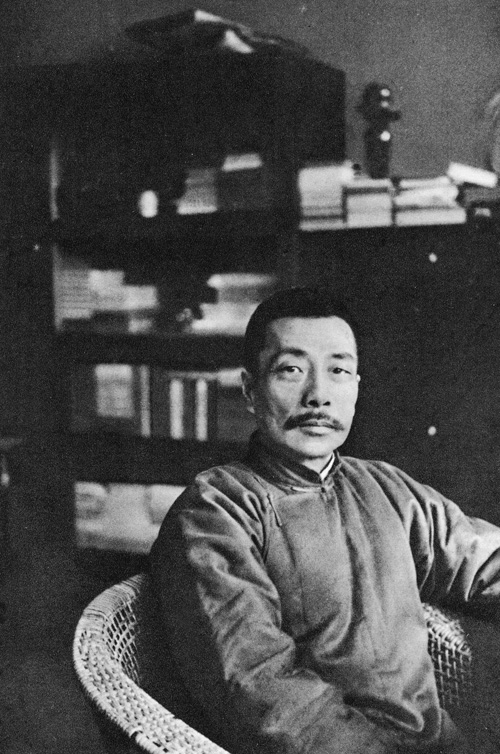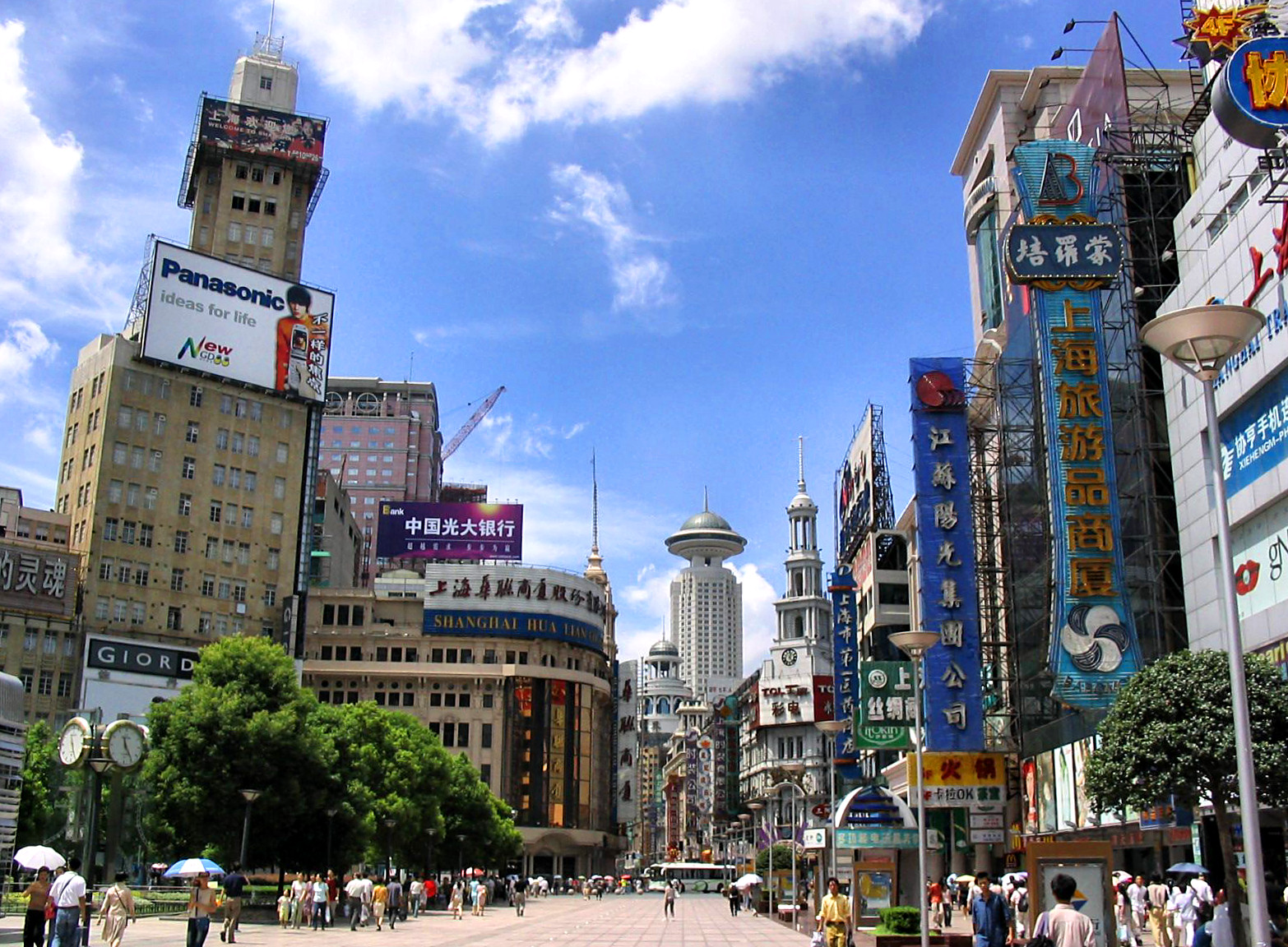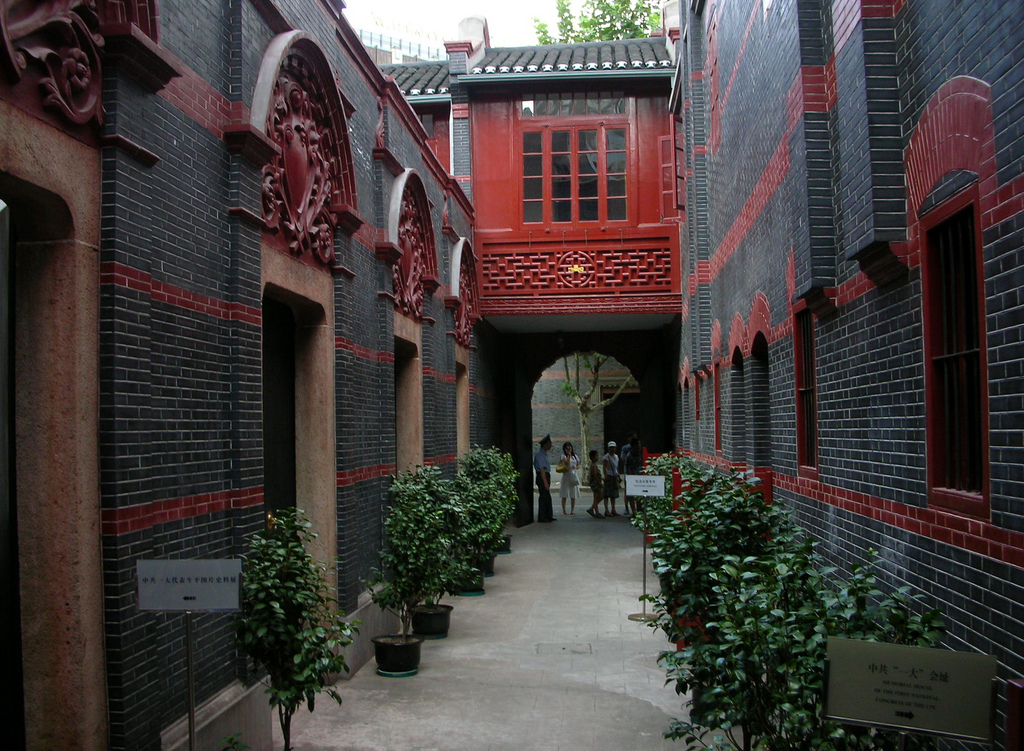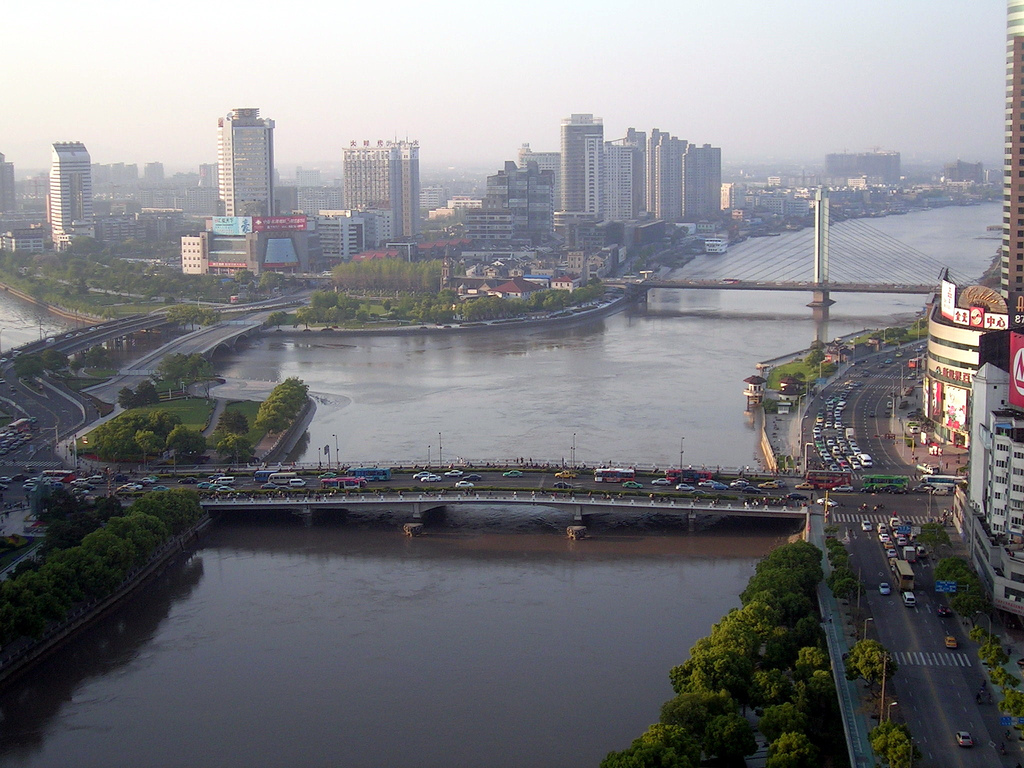ahfatzia
SENIOR MEMBER

- Joined
- Feb 22, 2012
- Messages
- 2,521
- Reaction score
- 0
Han people 汉族
Minnan people 閩南人 or Hoklo people. In narrower scope, the Hoklo people refers mainly to people who speak and use the Hokkien dialect of Min Nan Chinese spoken in southern Fujian, western Guangdong (Teochew people) and Taiwan, and by many overseas Chinese throughout Southeast Asia (in particularily Malaysia and Indonesia). Teochew dialect is considered a sub dialect of Minnan. The estimated speakers of Hoklo is about 60 million and of Taiwan's 22 million plus population 70% of them speak Minnan dialect. In a wider scope the Minnan people can include speakers of other Min Nan languages, such as Zhongshan Min, Zhenan Min, Teochew dialect, and Hainanese.
Distribution of Minnan people (green), mainly in Fujian, western coast of Guangdong and Taiwan

Fuzhou 福州. the capitol city of Fujian Province

A street in Fuzhou

A happy Minnan family on Chinese New Year

Kids playing on the street

A girl's hair style

李嘉诚 Li Ka-shing b1928 of Hong Kong, the richest Chinese, is of Minnan Teochew ancestry

Taksin The Great, 1734-1782, was the only King of the Thonburi Kingdom of Thailand whose father, Yong Saetae 鄭鏞, was an ethnic Teochew from Shantou Guangdong
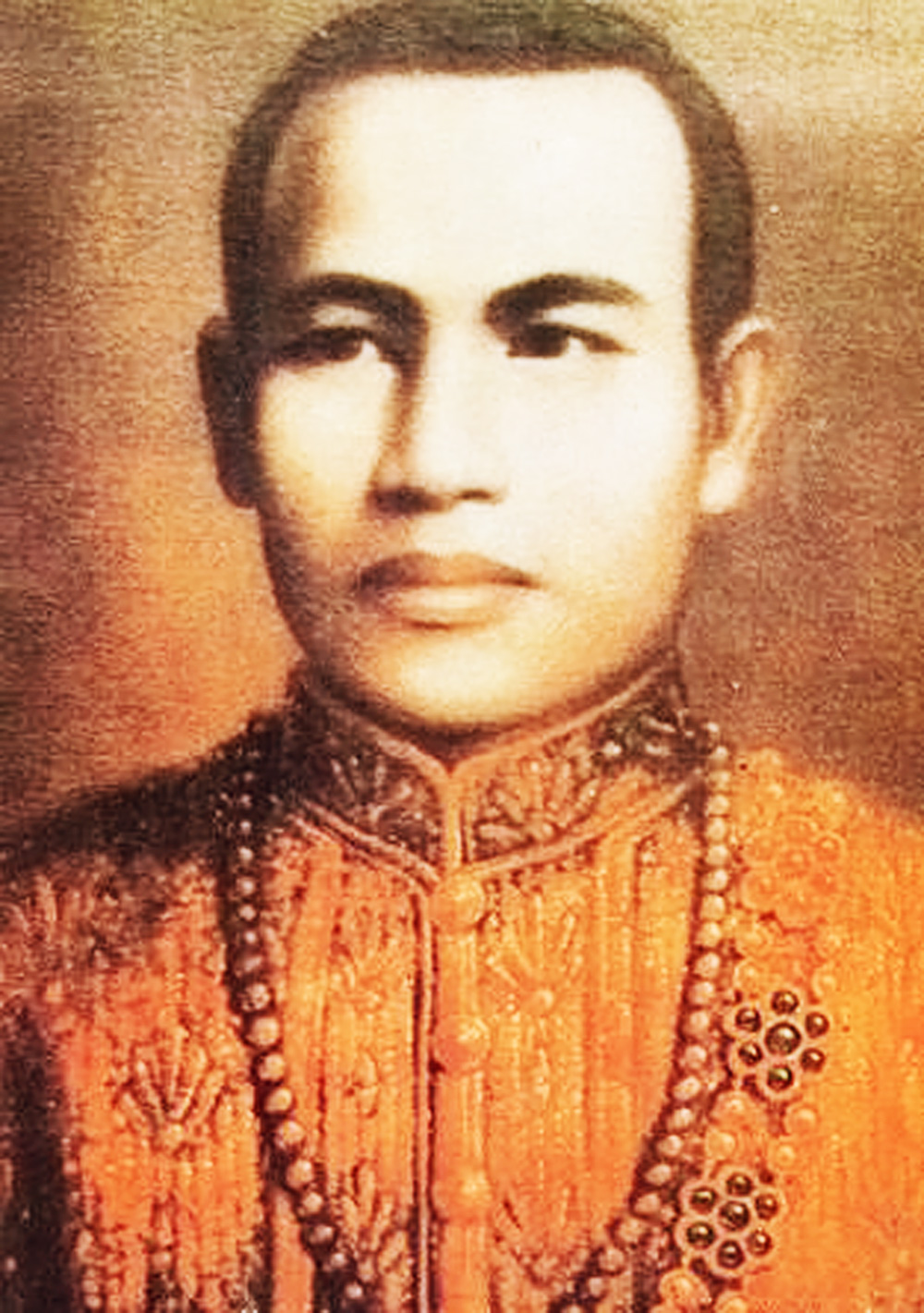
Minnan people 閩南人 or Hoklo people. In narrower scope, the Hoklo people refers mainly to people who speak and use the Hokkien dialect of Min Nan Chinese spoken in southern Fujian, western Guangdong (Teochew people) and Taiwan, and by many overseas Chinese throughout Southeast Asia (in particularily Malaysia and Indonesia). Teochew dialect is considered a sub dialect of Minnan. The estimated speakers of Hoklo is about 60 million and of Taiwan's 22 million plus population 70% of them speak Minnan dialect. In a wider scope the Minnan people can include speakers of other Min Nan languages, such as Zhongshan Min, Zhenan Min, Teochew dialect, and Hainanese.
Distribution of Minnan people (green), mainly in Fujian, western coast of Guangdong and Taiwan

Fuzhou 福州. the capitol city of Fujian Province

A street in Fuzhou

A happy Minnan family on Chinese New Year

Kids playing on the street

A girl's hair style
李嘉诚 Li Ka-shing b1928 of Hong Kong, the richest Chinese, is of Minnan Teochew ancestry

Taksin The Great, 1734-1782, was the only King of the Thonburi Kingdom of Thailand whose father, Yong Saetae 鄭鏞, was an ethnic Teochew from Shantou Guangdong








































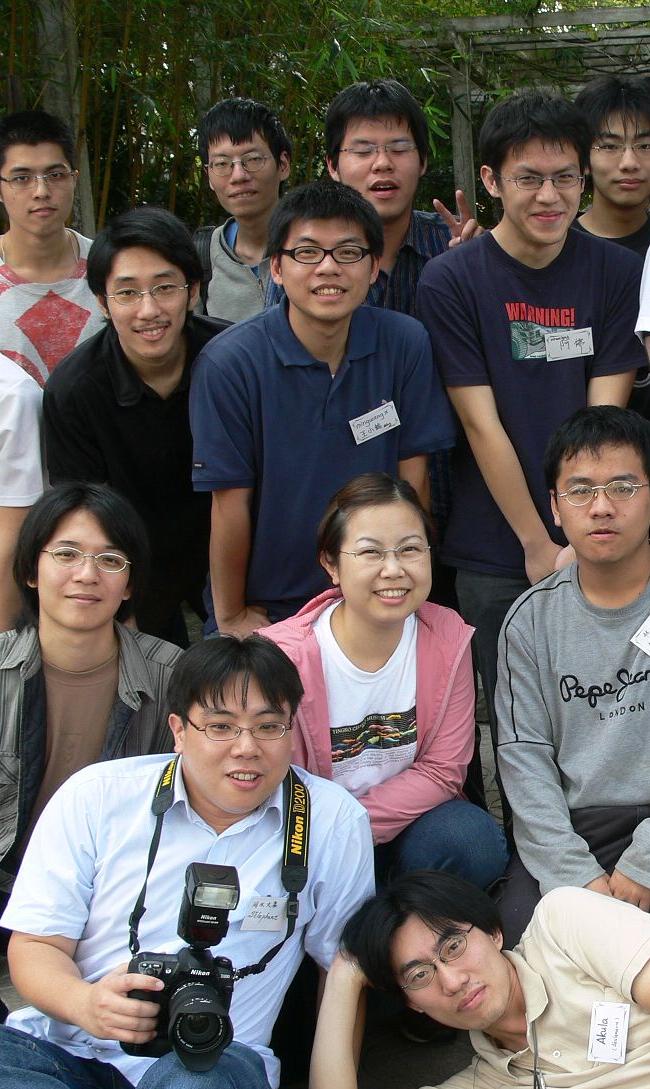
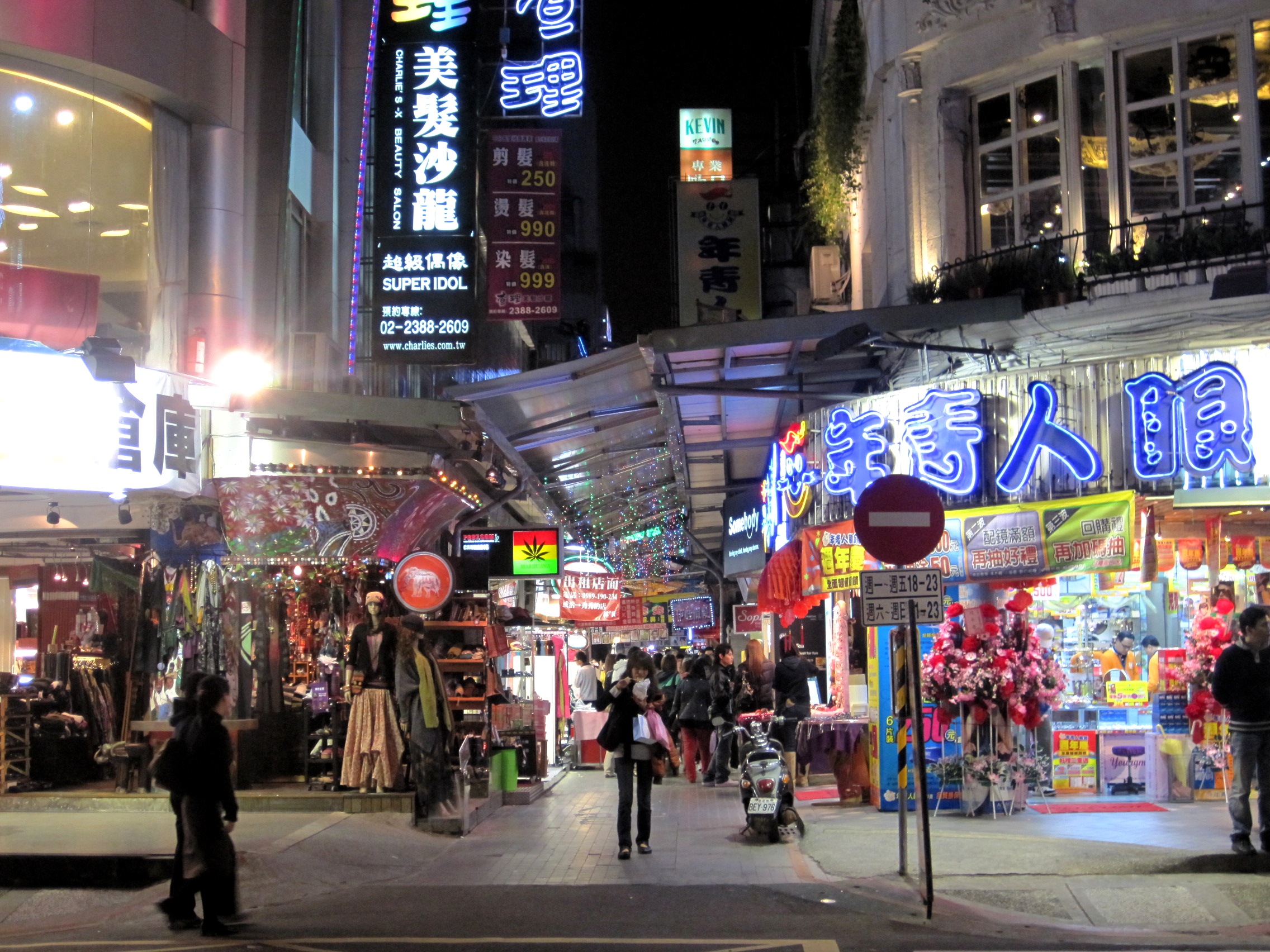
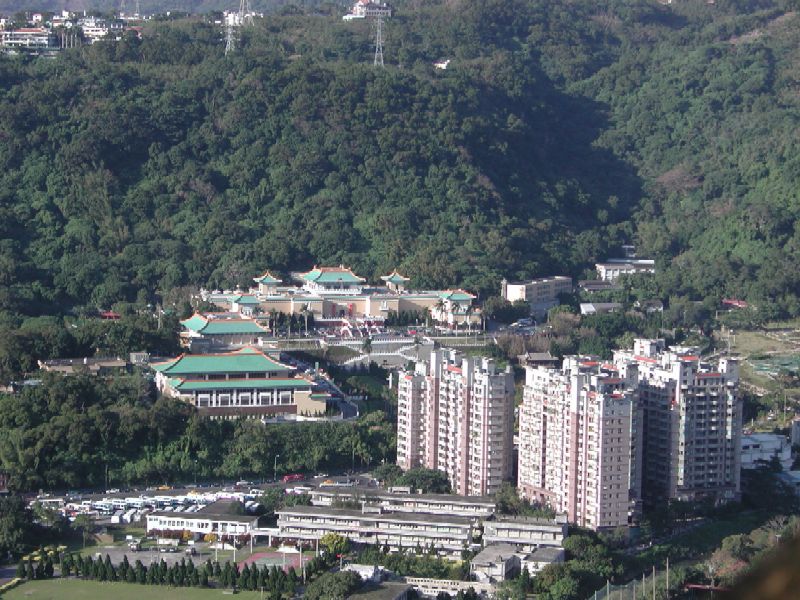





























 , or in other positions of the Jinshi (進士
, or in other positions of the Jinshi (進士


